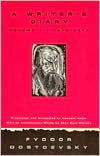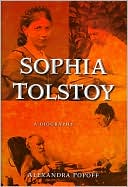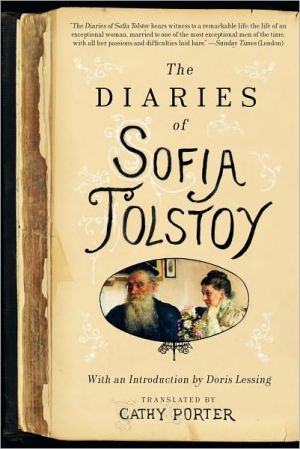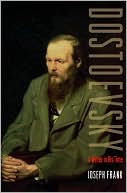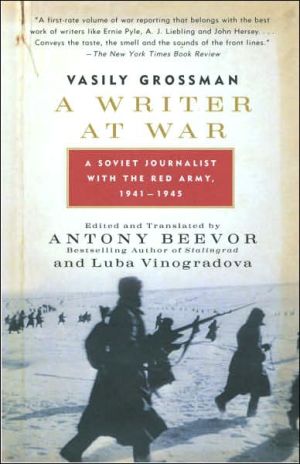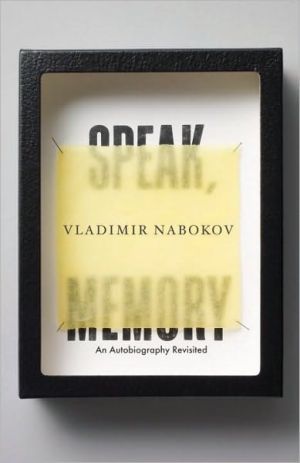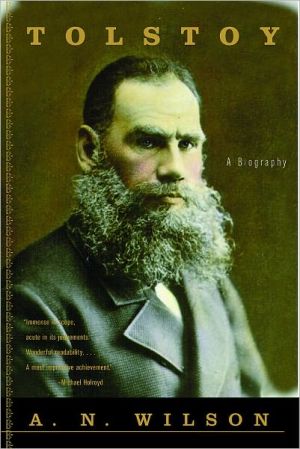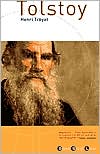Writer's Diary, 1873-1876, Vol. 1
Winner of the AATSEEL Outstanding Translation Award
Search in google:
Winner of the AATSEEL Outstanding Translation Award Publishers Weekly Was Dostoevsky's A Writer's Diary ``a daring experiment in form,'' an integral work of art, as Morson claims, or was this monthly periodical--with Dostoevsky its editor, publisher and sole contributor--a mere hodge-podge of articles, sketches, reportage and short stories? Readers pondering this question will gain uncanny insight into the inner conflicts that shaped Dostoevsky's character and thought as they confront a staggering diversity of genres--self-parody, utopian and anti-utopian sketches, autobiographical reminiscences, vignettes celebrating prosaic incidents in the lives of ordinary people, accounts of suicides and sensational trials, jingoistic polemics, essays on Tolstoy, Pushkin and George Sand. This forceful translation by Lantz, a Slavic professor at the University of Toronto, preserves the raw, rough edge of the Diary (whose last issue was in 1881). In his illuminating introduction, Morson, a Slavic professor at Northwestern, shows how the Diary embodies Dostoevsky's belief that salvation or social uplift can only occur gradually through individual self-betterment. (July)
\ Publishers Weekly - Publisher's Weekly\ Was Dostoevsky's A Writer's Diary ``a daring experiment in form,'' an integral work of art, as Morson claims, or was this monthly periodical--with Dostoevsky its editor, publisher and sole contributor--a mere hodge-podge of articles, sketches, reportage and short stories? Readers pondering this question will gain uncanny insight into the inner conflicts that shaped Dostoevsky's character and thought as they confront a staggering diversity of genres--self-parody, utopian and anti-utopian sketches, autobiographical reminiscences, vignettes celebrating prosaic incidents in the lives of ordinary people, accounts of suicides and sensational trials, jingoistic polemics, essays on Tolstoy, Pushkin and George Sand. This forceful translation by Lantz, a Slavic professor at the University of Toronto, preserves the raw, rough edge of the Diary (whose last issue was in 1881). In his illuminating introduction, Morson, a Slavic professor at Northwestern, shows how the Diary embodies Dostoevsky's belief that salvation or social uplift can only occur gradually through individual self-betterment. (July)\ \ \ \ \ Library JournalDostoevsky's unorthodox work, which began as a series of columns in 1873, is a pastiche of genres--fiction, journalism, political and cultural criticism, and autobiography. Intended as a vehicle for his artistic ruminations about his times, it was first translated into English in 1949 (by Boris Brasol) and published under the title The Diary of a Writer ( LJ 5/15/49). An outstanding feature of this new translation is Gary Saul Morson's introduction. Morson masterfully places this groundbreaking work in its proper literary and historical context while acknowledging the unevenness of Dostoevsky's prose. The more memorable ``entries'' grapple with familial relationships; the best of these pieces form the basis for parts of The Brothers Karamazov . Though it is probably too long and disjointed for the general reader, this book provides fascinating insight into the workings of Dostoevsky's genius. Recommended for Russian literature collections.-- Diane Gardner Premo, SILS, SUNY-Buffalo\ \ \ BooknewsFinally English-language readers get the translation they deserve (by Kenneth Lantz) of Dostoevsky's most radical literary undertaking. A Writer's Diary was intended to be the first example of an entirely new genre, one which would encompass every facet of the writer's experience of life in every mode of literary presentation. It was published initially as a column in a literary journal, and from 1876 until Dostoevsky's death in 1881 as a complete monthly periodical. Thorough annotations make the work accessible to a wide range of readers, while Gary Saul Morson's 117-page introductory study provides both basic information and a new interpretation of the work's form and content. Annotation c. Book News, Inc., Portland, OR (booknews.com)\ \
